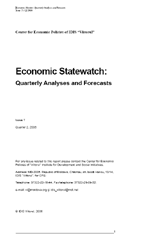

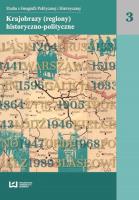
Keywords: podziały administracyjne; regiony historyczne; regionalizacja; NUTS; Rumunia; administrative divisions; historical regions; regionalization
Praca stanowi kontynuację (Wendt 2003,2004, Wendt, Ilieş 2004) podjętej dziesięć lat temu próby przedstawienia geograficznych i geopolitycznych czynników zmian w po-działach administracyjnych ziem rumuńskich. Starano się uwzględnić i wskazać na wpływ uwarunkowań geograficznych, zwłaszcza orograficznych i sieci rzecznej na kształtowanie się granic/barier naturalnych zarówno wewnątrz kraju, jak i na jego zewnętrznych granicach. Wychodząc od regionalizacji fizycznogeograficznej poprzez układ historycznych regionów na ziemiach rumuńskich, pokazano powstanie pierwszych granic administracyjnych w kraju. Wskazano także na rolę czynników geopolitycznych, wśród których na kształtowanie się granic Rumunii, jej regionów historycznych i administracyjnych największy wpływ miały trzy wojny toczone na Bałkanach w latach 1913–1945 oraz zmiany przynależności Besarabii, a także terytorium Siedmiogrodu zamieszkanego przez ludność węgierską. Przedstawiono także współczesne propozycje zmian podziałów administracyjnych i tworzenia nowych regionów. Z jednej strony uwzględniają one unijne normy prawne, stawiane Rumunii w procesie akcesji i po uzyskaniu członkostwa UE. Z drugiej strony propozycje nowych podziałów administracyjnych, uwzględniają tradycje regionalne i historyczne uwarunkowania kształtowania się regionów rumuńskich. The work is a continuation of (Wendt 2004) attempts to present changes in the administrative division of the Romanian lands. Efforts were made to take into account and indicate the influence of geographical conditions, especially orographic andthe river system, shaping of boundaries/natural barriers both within the country and outsideits borders - starting from the geographical regionalization through arrangement of the historical regions of the Romanian territories and showing the first rise in the country's administrative boundaries. Also the role of geopolitical factors, among which the development of the borders of Romania and its historical regions and the greatest administrative impact, were three wars in the Balkans in the years 1913–1945 and the change of the Bessarabia, and Transylvania territory inhabited by the Hungarian population. It also presented proposals for changes in the contemporary administrative divisions and the creation of new regions. On the one hand, they take into accountthe EU's legal standards, placed Romania in the accession process and the EU membership. On the other hand, proposals for new administrative divisions include regional traditions and historical factors shaping the Romanian regions.
More...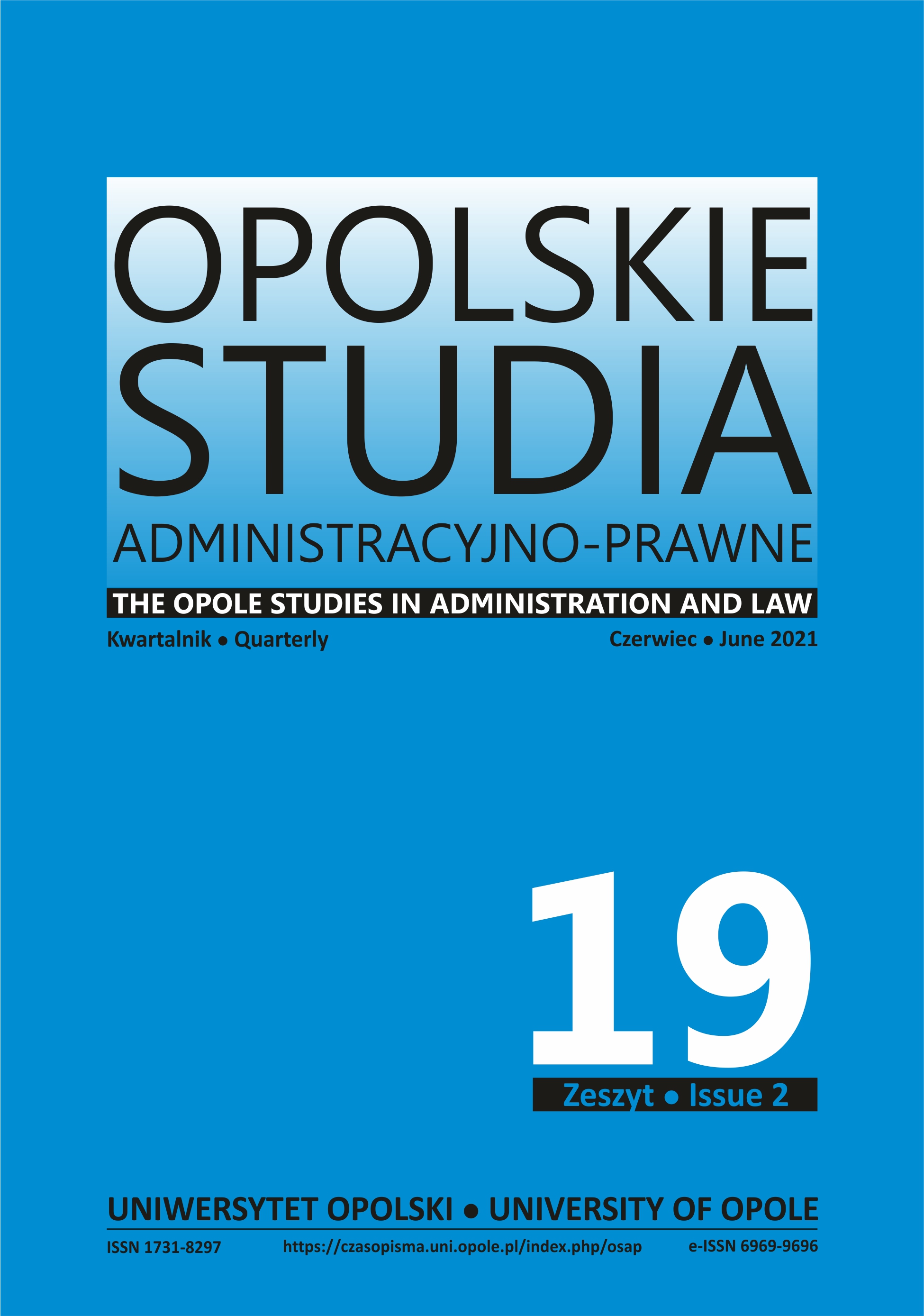
Keywords: access to justice; Aarhus Convention; rule of law; environment; EU Aarhus Regulation
More than 15 years after the EU’s accession to the Aarhus Convention, EU leg-islation does not yet ensure that members of the public have access to justice as envisaged by the Convention. Specifically, the possibilities to judicially challenge contraventions of EU environmental law by EU institutions and bodies remain very limited. The result is a lack of accountability to EU law, which undermines the rule of law and the protection of the environment and human health. This article describes the EU’s long road to implement the Convention. It analyses the EU’s current legislative proposal to amend the Aarhus Regulation and explains why it would not, in this form, suffice to ensure compliance with the Convention, leaving the Council and European Parliament to ensure that international law is respected. More broadly, the lengthy process reflects wider issues of the EU legal framework, related to the institutional balance and the overconstitutionalisation of the EU’s standing regime.
More...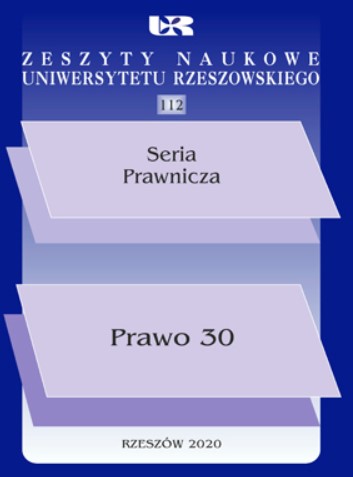
Keywords: German law; Polish law; taxation; tax on inheritance;
The following conclusions can be drawn from a comparison of the structural elements of the tax structure in the Polish and German Acts on the tax on inheritance and donations: - there are no significant differences in the design of the taxpayer and the object of taxation (and the existing ones are related to different civil law solutions – donation in case of death, agreement as to succession), - the difference is in the taxation of subsequent succession, not provided for in the Polish civil law, and in the taxation of specific bequest, unknown in the German law, - the tax point is determined differently, as the German Act already taxes the due revenue (legitim), However, the German Act provides less favourable solutions for taxpayers in terms of e.g. the subject and object of taxation. It is, therefore, considered to be restrictive for taxpayers.
More...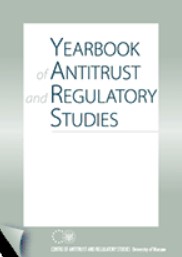
Keywords: dawn raids; competition law; control; judicial review;
Dawn raids have become an effective tool to enforce EU and national competition laws. Judicial review is an essential mechanism of control over the executive branch against possible misuse of this power. However, this judicial review has shown to have limits; it cannot always guarantee an adequate redress for the affected parties. How to address the limited judicial review to ensure control over dawn raids? This article argues that the limits of judicial review could be addressed by extending the types of controls over this action, i.e. ex ante legislative guidance and internal managerial accountability. The more conceptual argument that this paper puts forward is thus that it is essential to seek connections between different concepts and types of controls to ensure a comprehensive/water-tight system of controls over the actions of the executive branch.
More...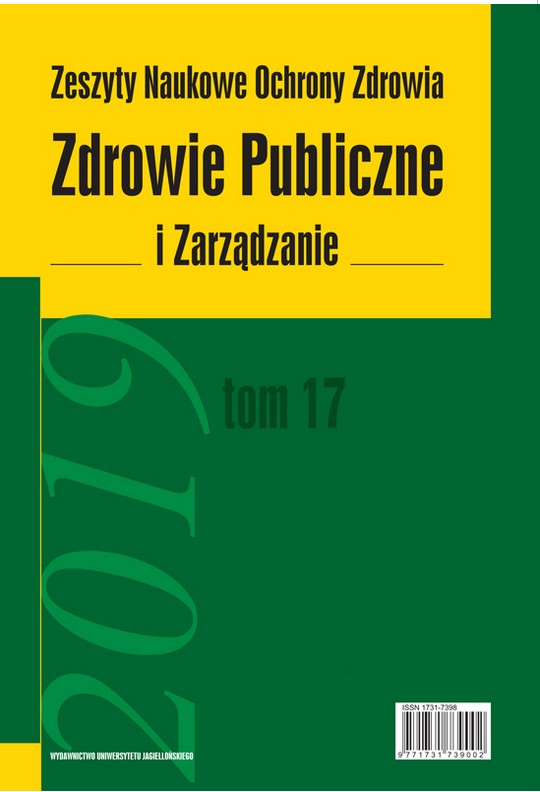
Keywords: clinical practice guidelines; standards; recommendations; formal consensus methods;
Introduction. The process of synthesizing scientific evidence and translating elaborate scientific research findings into recommendations for clinical practice is one of the most complex and significant initiatives in health care. In connection with the increasing number of recommendations, previously unformalised elements such as the process of consensus decision-making require developing a methodological approach. The use of consensus methods serves to reduce the impact of psychosocial factors in the formulation of recommendations and to increase the degree of process transparency. The aim of the publication is to present formal methods of achieving consensus used in the process of developing clinical practice guidelines. Materials and methods. The review focuses on results of reports analyzing the procedure and methods of developing clinical recommendations, with particular emphasis on the identification of consensus methods. Results. Many international and national organizations and institutions develop recommendations or adapt guidelines developed by others. They use both informal and formal instruments to deal with divergent expert opinions. The most popular formal methods of achieving consensus identified in the review are the Delphi method, the nominal group technique, the RAND/UCLA method, the consensus conference, and the combinations of individual approaches. Formal methods have been shown to lead to less biased and more reliable recommendations. Regardless of the method used, the guidelines should clearly define the quorum and document the process of agreeing a common standpoint on recommendations, guidelines and recommendations. Conclusions. Clinical guidelines have become an important tool influencing clinical practice. The participation of many experts representing the opinions and interests of different groups makes it necessary to apply a methodological and structured approach so that all participants have the opportunity to voice their opinion and to ensure process transparency, deal with misunderstandings and achieve a consensual position. The consensus methods allow to provide a wide range of stakeholders clinicians, policy makers, patients – with agreed rules of conduct in a given topic. The formal consensus methods and recommendations based on these methods combine scientific evidence with the practice and experience of experts.
More...
Keywords: Instagram; visual rhetoric; president; image;
The author presents the results of an analysis of Instagram profiles of ten European presidents. Photos posted there have three persuasive goals: they build the image of a particular politician, image of the office of the president and strengthen the sense of community and national pride. The Presidents appear in several roles: a star, an ordinary person, a guardian of memory, a representative of the state and the nation, a host. The author analyzes the style of visual rhetoric and proves that Instagram can be an effective tool for building civic awareness.
More...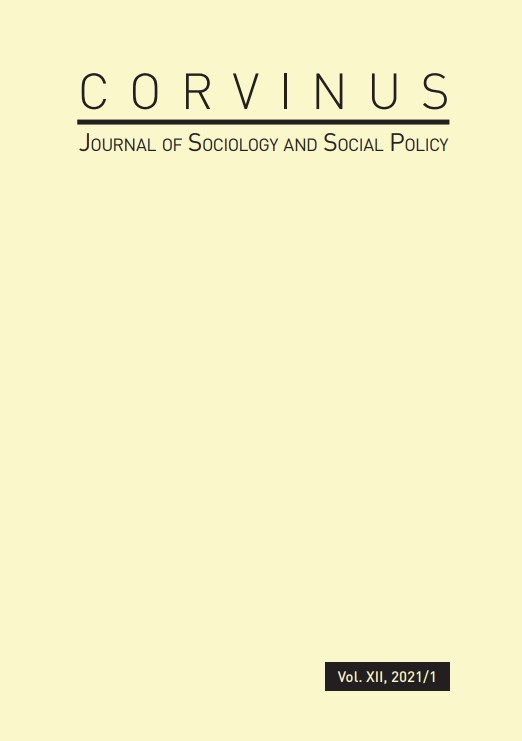
Keywords: COVID-19; street-level bureaucracy; crisis response; social workers; Lithuania
This article presents the results of a project funded by the Research Council of Lithuania: ‘Public policy solutions and their improvement to overcome the COVID-19 crisis in Lithuanian municipalities: solution tools and service delivery.’ The research methodology is based on street-level bureaucracy theory and ongoing qualitative research in the form of interviews with social workers and doctors. Interviews were conducted in the Lithuanian municipalities which became the first COVID-19 hotspots in March-April 2020. The aim is to identify the response and coping strategies of street-level bureaucracy. The findings of current research suggest that the workload of street-level bureaucrats increased, the situation changed very rapidly, and there was a constant need to adopt rules and even recommendations issued by the ministry. Fear of COVID-19 infection, a lack of accurate information, uncertainty, and the possibility of allowing staff with children to leave the workplace led to staff shortages. This in turn motivated the administration and the remaining employees to look for suitable coping strategies.
More...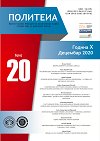
Keywords: international order; B&H; Dayton Agreement; unipolarity; multipolarity; NATO; Russia;
The paper deals with the impact of changes to the international order on the position of Bosnia and Herzegovina over the period of 25 years, from the signing of the Dayton Agreement in 1995 to 2020. For a start, there is an analysis of all models of international order in that period. Furthermore, the paper analyses the unipolar international order as it existed until 2008 and its impact on the internal relations and political system in Bosnia and Herzegovina, as well as on the position of Bosnia and Herzegovina in Europe and the region of former Yugoslavia. In this respect, it particularly focuses on NATO’s activities in Bosnia and Herzegovina in that period and the position of the Republic of Srpska. The second period begins after the year of 2008, and it represents the growth of a multipolar international order. It is the impact of that order on Bosnia and Herzegovina and its internal situation that is discussed in the paper, with Russia’s return to the Balkans and its consequences analysed in detail. In addition, an analysis of the Chinese economic and geopolitical project entitled ‘Belt and Road Initiative’ and its impact on the region of former Yugoslavia, Bosnia and Herzegovina included, is given. In the presentation, as well as in the paper, one of the focal points is the respective position of Bosnia and Herzegovina and the Republic of Srpska within the context of NATO enlargement. The influence of the structure of the international project (nejasno, potrebno je definisati koji projekat, iz prethodnog teksta to nije vidljivo) on the states can be seen on the example of Bosnia and Herzegovina – according to the scheme given by the theorist Kenneth Voltz. The unipolar order, influenced by the then US administration, is the creator of the Dayton Agreement in 1995, as well as of the political and legal order in Bosnia and Herzegovina. The political processes that took place after 1995 were also affected by the unipolarity and power of the United States. This power was focused on efforts to turn Bosnia and Herzegovina into a unitary socio-political structure, that is. to change its Dayton design. The culmination of the power of unipolarity and the United States in Bosnia and Herzegovina is the acceptance by political elites of Bosnia and Herzegovina of the NATO integration process in the period of 2005-2009. The emergence of a multipolar order is blocking the process of Bosnia and Herzegovina joining NATO, with the Republic of Srpska stopping the transfer of competences to the state level.
More...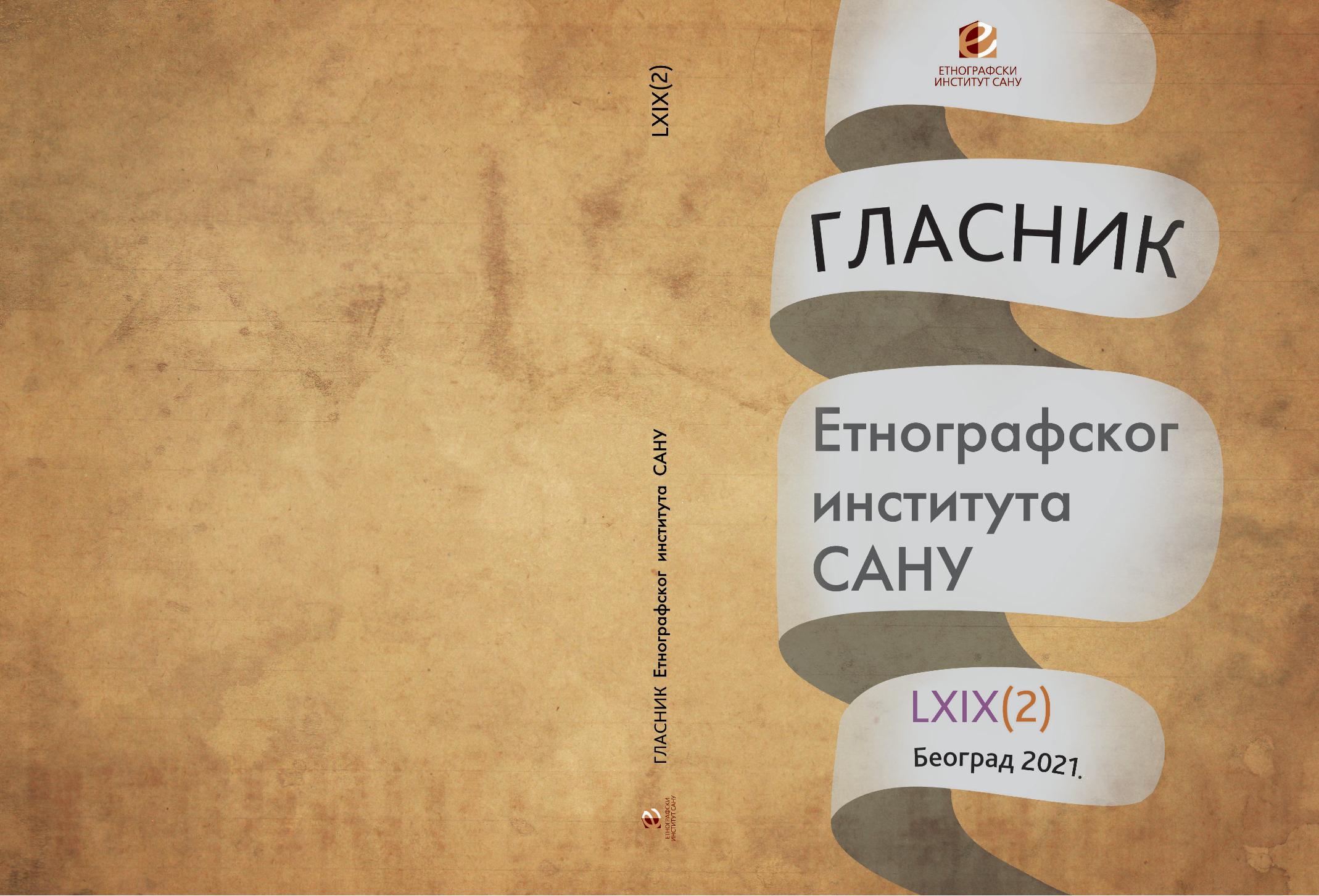
Keywords: coercion; force; structural violence; border regime; migration
In this article, I explore the violent consequences of the post-2015 EU border regime for people from the Global South lingering through the Balkans. I intend to show that securing EU’s external borders through asylum and border management in Balkans is based on coercion and force, despite the efforts of the people on the move to transgress these borders and achieve decent lives. The efforts of people on the move to cross borders – which are officially closed for them – could be understood as force as well. Regardless of the legal status and ‘motives’ of displacement, people waiting and moving on the ‘Balkan route’ experience situations characterized by structural, direct, and cultural violence and respond to these situations in different ways. Pointing out to more or less hidden patterns of violence occurring at the EU’s external borders in the Balkans may challenge popular categorizations that at the same time oppress and protect people on the move. These patterns of violence are justified – but not justifiable – by the securitization of EU and national borders. By displacing violence as the so-called “push” factor from the countries of initial displacement (i.e. countries of the Global South), I aim to acknowledge that it continues to be perpetrated en route. Patterns of violence in the Balkans further produce forced mobilities and forced immobilities. People on the move cope with these forced (im)mobilities in different ways.
More...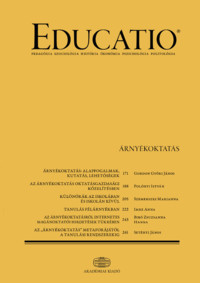
Keywords: shadow education research; educational behavior science; educational space expert; educational voucher
In this article the author defines shadow education, as only the most important examination subjects’ out-of-school, for-fee education activities belong here. After this he introduces some of the theoretical debates and important research tendencies, topics, methods and results of the first two decades of the field. Then he offers a new approach to reach a better understanding of shadow education and other educational phenomena, and two practical methods to reduce the negative effects of shadow education: he argues for starting educational behavior reseach, also for training so-called educational space specialist, and to introduce a well-balanced educational voucher system.
More...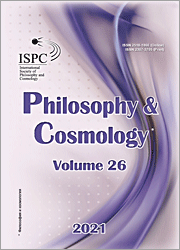
Keywords: biosphere; resource efficiency; agro-residues; agricultural production; noosphere; circular economy;
The article focuses on the relationship between the state of the biosphere and the development of non-waste agricultural production. The objective character of the increasing level of the agricultural business activity’s intensity, which generates considerable waste, intensifies adequate resource use. The accelerated development of the non-waste production at the agriculture becomes relevant for the rational combination of this business’s effectiveness, ecological safety and social orientation of the business and economic activities. The study specifies the role of science for setting up the “science — technology — non-waste agriculture — society” system. The article considers the importance of nonwaste agricultural production for the rational use of raw-materials and energy at the “raw materials — production — consumption — secondary raw materials” cycle and the ecological balance in the biosphere, thereby taking us closer to noosphere. The features of the “mental” attitude to the agroresidues’ problem at the national and global levels are disclosed. The article highlights the complex economic, social, ecological, and institutional indicators necessary for the effectiveness of agricultural non-waste production.
More...
Keywords: special theory of education; Sophia Republic; Heidegger; Plato’s paideia; Daseinmentality- about; Dasein-the-One;
The article explores education as a policy, as a power that moulds in a man “the correctness of the gaze.” A theory that we have called the special theory of education reveals the first image of education. The special theory of education considers education as a moulding matrix. The matrix consists of sets of special impact technologies by means of which it liberates the truths of the Dasein being’s experience hidden in the arete existentials. The special theory examines the Sophia Republic policy, i.e., the power that regulates the ontological orientation and limits of self-realization of Dasein-mentalityabout’s being in accordance with the absolutized idea, ideal and values of “Those Who Transform the Universe.”
More...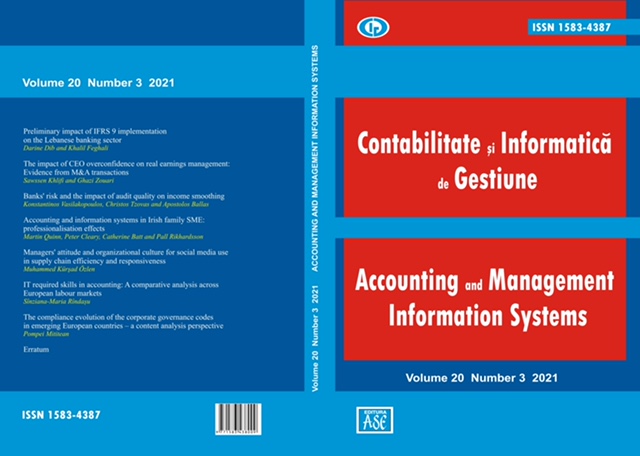
Keywords: accounting education; information systems; IT skills; digitalised accounting; accounting graduates;
Research Question: The research proposition is to identify the information technology (IT) skills required from accounting professionals by the labour market from European emerging and developed economies and analyse whether there are differences between the requirements, depending on the type of economy.Motivation: The wide adoption of several emerging technologies across various domains of activity is a widely debated topic. However, regardless of its popularity, little research focused on comparing the expectation of the professional bodies and the current labour market expectations in terms of the IT skills accountants should demonstrate. Idea: This study aims to analyse if there is any gap between the expectations formulated by accounting professional bodies and the labour market’s requirements in European countries regarding the IT skills accountants should demonstrate. Data: The dataset selected for this study consisted of 1000 accounting job advertisements, collected between two periods: September 2017 - July 2018 and January - February 2021.Tools: A cross-sectional study, including a content analysis and statistical analyses, was conducted to analyse the dataset collected.Findings: The results illustrate the European labour market’s current expectations regarding the IT skills accountants should demonstrate. The statistical analyses conducted highlight an association between the skills asked by emerging and developed European based companies.Contributions: This paper provides a glimpse regarding the European labour market’s expectations in terms of IT skills requested from accounting professionals, thus being a reference for the European professional bodies and academia.
More...
Keywords: corporate governance; corporate governance codes; Emerging European Countries;
Research Question: Does the corporate governance codes from 18 Emerging European countries respect the European Commission recommendations?Motivation: The corporate governance is a wildly debated topic in the literature but only few studies are addressed to the level of compliance between the corporate governance and the European Commission recommendations, especially in emerging countries.Idea: The objective of this study is to analyse the corporate governance codes form eighteen Emerging European Countries and examine if these countries comply with the recommendations of European Commission regarding corporate governance by using the content analysis technique. The main research proposition is to identify how many out of the 32 recommendations included in this analysis are fulfilled by the corporate governance codes from the Emerging European Countries and how these developed during time. Data: Data sample consists of 18 corporate governance codes from Emerging European Countries, which are examined in the context of the recommendations of European Commission COM-284, and the next years updates from 2004 (2004/913/EC), 2005 (2005/162/EC) and 2009 (2009/384 and 385/EC), divided into five group, covering 32 recommendations. Tools: The latest versions of corporate governance codes from each country, from 2004-2020, were downloaded, collecting the data manually from each corporate governance code using the content analysis technique. Findings: The results illustrate that Slovenia and Czech Republic are the countries with the highest compliance degree, while Poland and Estonia are the countries with the least fulfilled recommendationsContribution: This paper provides a general overview regarding the level of compliance of the corporate governance codes and European Commission recommendations, thus being a starting point for researchers who will further study this subject. Secondly, we have contribute to the limited studies that analysed the evolution of corporate governance codes following the best practices for the companies issued by European Commission.
More...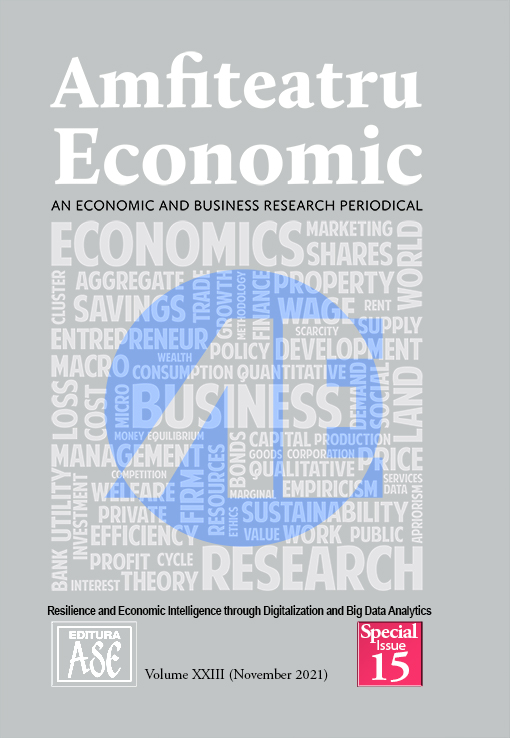
Keywords: sustainability; sustainable tourism; aviation; environmental protection; airlines’ commitment; bio jet fuels;
The aviation industry represents an important polluter, being responsible for increasing environmental impacts on global scale. Aiming to approach the adoption of suitable policies in the aviation industry towards the achievement of the national and international sustainability goals, the present research tackles airlines’ commitment to aviation-related environmental issues, as well as their willingness to adopt sustainable aviation fuel (i.e., bio jet fuel) and sustainable development strategies, focusing on those companies operating flights in the Karol Wojtyła Airport (Bari, Italy). The paper adopts the χ2 test and the logistic regression to investigate three different hypotheses related to airlines’ headquarters, carriers’ typology (i.e., low-cost or not, flag carriers or not) and years of service. Results outline that traditional airlines, either flag carriers or not, as well as South and North American companies, are more likely to be aware of aviation environmental consequences, publishing environmental reports and offering to passengers the chance to participate to climate change reduction (e.g., through online carbon offset programs or more expensive ticket to produce bio jet fuels). In addition, airlines transiting in Karol Wojtyła Airport show a small willingness to share information through environmental reports and are scarcely intentioned to make use of bio jet fuels, confirming that low-cost companies are still less attentive towards aviation environmental issues. The present research contributes to the empirical studies on sustainable aviation and carriers’ commitment to environmental strategies, highlighting the need to enhance carbon offsets programs and digital technologies as the online compensation of CO2 emissions.
More...
Keywords: Income inequality; Gini coefficient; Panel data regression;
This paper investigates the dynamics associated with inequality in EU member states. The variation of the Gini coefficient is analyzed from different perspectives: economic growth, certain macroeconomic variables, socio-demographic environment and historical, political and cultural environment. The use of the panel data regression model allows country specific effects control, the results showing that in the context of European convergence, the historical, political, cultural and socio-demographic factors have the greatest impact in terms of income distribution. Starting from the complex analysis of the evolution of inequalities in the last half century and from the experts’ opinions regarding the relationship between the last two crises (from 2008 and the current pandemic), we notice important changes, there is a paradigm shift. The paper proposes a new approach to the economic growth paradigm, based on reversing the dynamics of income inequality in the 21st century and outlines our own vision on support policies to mitigate rising inequalities, in the context of designing a robust resilience strategy and sustainable post-pandemic development.
More...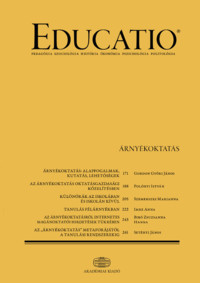
Keywords: inclusion; diversity; higher education; inclusive excellence
Our study clarifies the concepts of inclusion and diversity based on domestic and international studies. We examine how diversity has become a feature of higher education, and the additional causes and consequences behind the focus of inclusivity. Our questionnaire study explored the extent to which the diverse group of students of the University of Pecs (N: 809) is involved in the university social and academic life, and whether those with social disadvantages show a difference in involvement. The results revealed that socially disadvantaged students are underrepresented in large university programmes, however, student colleges and other micro-communities are more able to address these students in a personal way and to provide an inclusive environment.
More...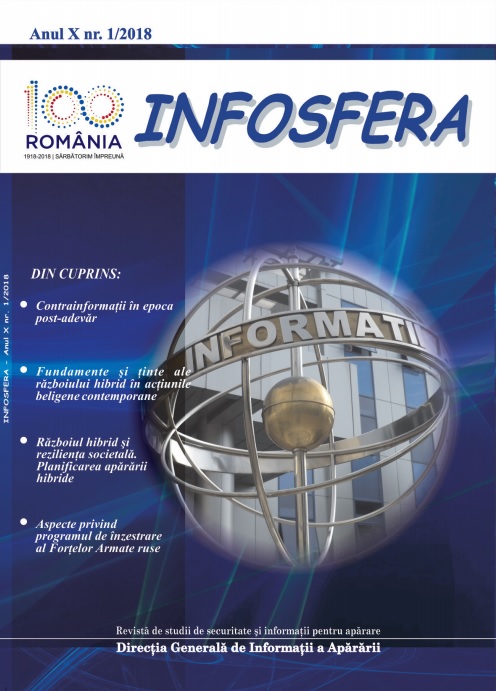
Keywords: global security environment;social systems; predictive analysis; methodology; enthropy; energy; geopolitics; technology; economies;
The main goal of characterizing the future global and regional security environment is to support political and military decision-makers in developing defense policies and establishing capability acquisition plans as well as force structure design. The analytical method used to predict the main characteristics of the future security environment is Predictive Analysis. In principle, the method consists in identifying the core trends of the domains that influence most the security environment – political, technological, economical, and social – and developing specific scenarios.
More...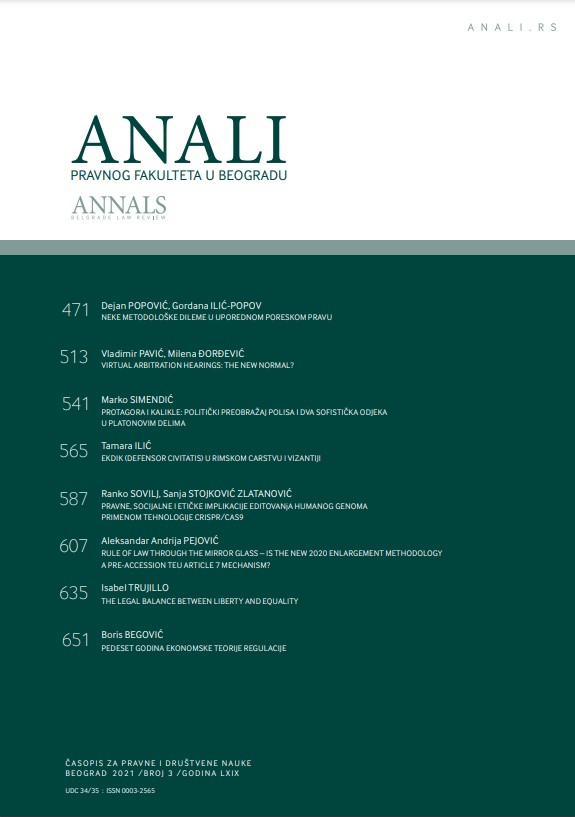
Keywords: Arbitration; Virtual hearing; Due process; Right to be heard; Party autonomy
This paper addresses the notion and legal framework for virtual hearings in international arbitration. The authors first examine the existing laws in different jurisdictions and how they tackle the issue both when it comes to litigation and when it comes to arbitration, followed by analyses of various institutional arbitration rules, including recent changes thereof and pertinent case law on the matter. They further examine the general idea of a virtual setting for the hearing against legal and technical objections frequently encountered in practice. In particular, the interplay of technical capabilities and legal standards such as “due process” and the “right to present one’s case” is assessed. Finally, the authors identify possible pathways to replacing the classical in-person hearing with the virtual one and the key legal and practical considerations to be assessed before deciding to proceed with it.
More...